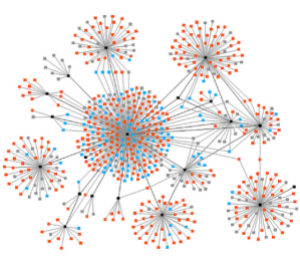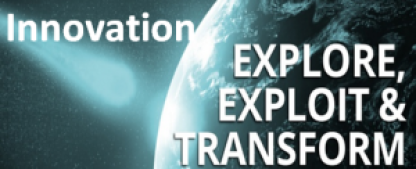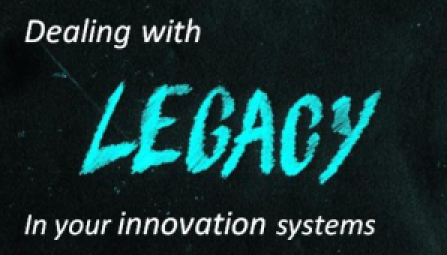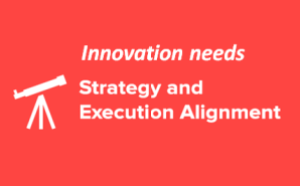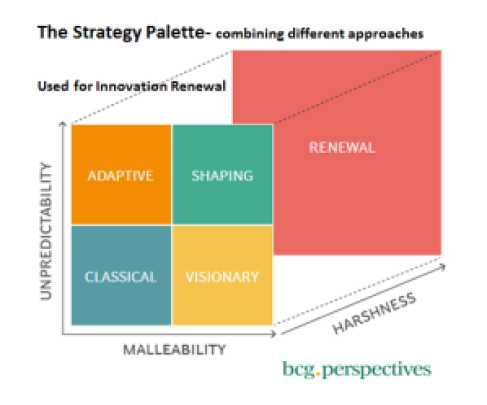 I’ve been working in the innovation forge arena for coming up to sixteen years; relating, learning, designing, shaping and writing about innovation, trying to translate this into value for clients and their innovation challenges.
I’ve been working in the innovation forge arena for coming up to sixteen years; relating, learning, designing, shaping and writing about innovation, trying to translate this into value for clients and their innovation challenges.
Innovation Advocacy needs strong guidance. As a “go to” trusted authority that can influence, argue, advocate new directions, and provide clear options for change, I can push the ‘edges’ of today’s status quo, perhaps be your required catalyst to trigger ideas or offer different insights.
We have to remember that innovation is always restless and constantly changing and I want to bring about meaningful up-to-date thinking in innovation practices adding further to your own.
Balancing the ‘inflow’ of knowledge about innovation with the necessary customer ‘insights’ is not easy, you have to be well positioned to advocate and show value, to guide different conversations and provide ‘impactful’ results.
Over the years we all see the business model has evolved Continue reading “Forging our future through innovation”

